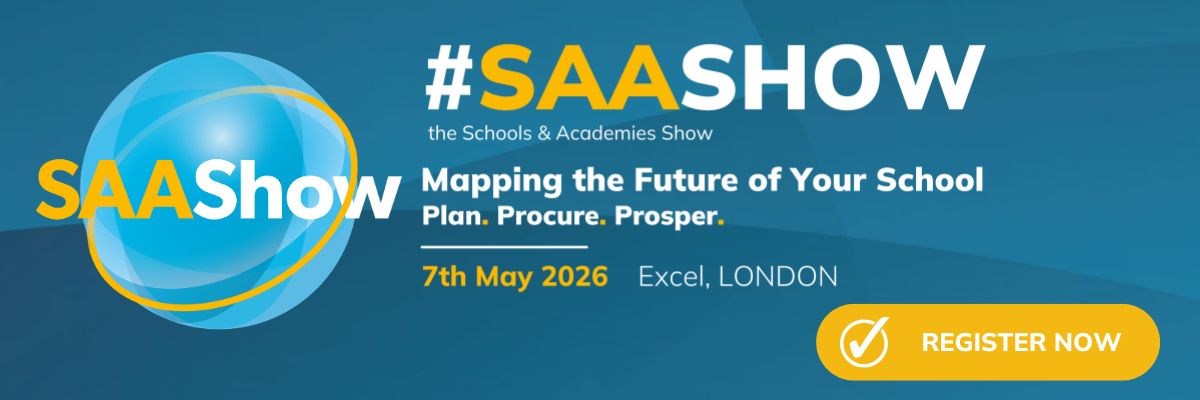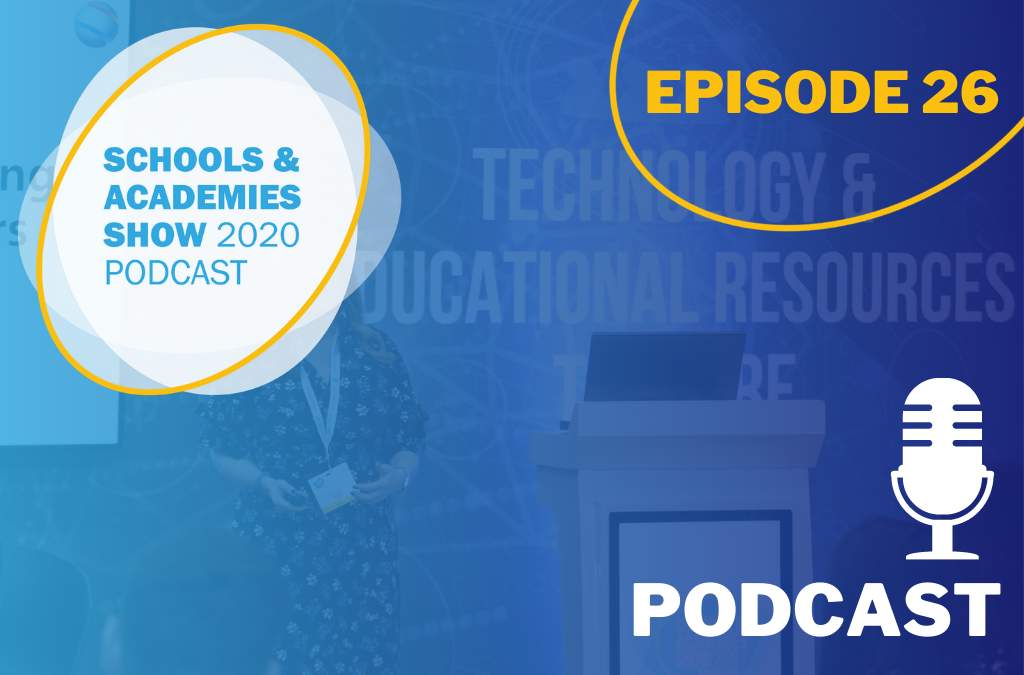What is Early Years Pupil Premium (EYPP)?
The Early Years Pupil Premium (EYPP) is a crucial funding initiative worth up to £353 per year (as of 2023-24) designed to enhance the educational experiences of disadvantaged three and four year old's in England. This additional funding, allocated to early years providers, aims to close the attainment gap and ensure that all children have access to high-quality early years education. Understanding the EYPP's purpose, eligibility criteria, and effective implementation strategies is essential for maximising its impact on your students.
Understanding the Purpose of EYPP
EYPP is rooted in the belief that every child, regardless of their background, deserves the opportunity to thrive in their early years of education. This funding recognises the unique challenges faced by children from disadvantaged families, such as those living in low-income households or with parents having limited education. By providing additional resources, EYPP empowers early years providers to tailor their support and interventions to address the specific needs of these children.
Eligibility Criteria for EYPP
Children are eligible for EYPP if they meet the following criteria:
Age: They are three or four years old.
Free Early Education Entitlement: They are receiving the 15-hour free early education entitlement.
Disadvantage Criteria: They fall under at least one of the following disadvantage criteria:
a. Income: Their family is receiving certain income-related benefits, such as income support or Universal Credit.
b. Special Educational Needs and Disabilities (SEND): They have a current SEND statement or Education, Health and Care (EHCP) plan.
c. Looked After Children: They are currently looked after by their local authority.
d. Adopted Children: They have been adopted from care.
Early years providers can identify eligible children through their admissions processes and by collaborating with relevant agencies.
Effective Implementation of the EYPP
To ensure that EYPP funding is utilised effectively, early years settings should adopt a strategic approach that encompasses:
1. Needs Assessment: Conduct thorough assessments to identify the specific needs of each EYPP child.2. Targeted Interventions: Develop individualised intervention plans tailored to address the identified needs.
3. Qualified Staff: Ensure that staff are adequately trained and equipped to support EYPP children.
4. Parental Engagement: Establish strong partnerships with parents to reinforce learning at home.
5. Monitoring and Evaluation: Regularly monitor progress and evaluate the effectiveness of interventions.
By implementing these strategies, early years providers can maximise the impact of EYPP and ensure that disadvantaged children receive the support they need to achieve their full potential.
The Early Years Pupil Premium plays a pivotal role in leveling the playing field for disadvantaged young children in England. By understanding its purpose, eligibility criteria, and effective methods for implementation, UK headteachers can empower their early years settings to harness the full potential of EYPP, ensuring that every child has the opportunity to thrive and succeed in their educational journey.



.jpg)